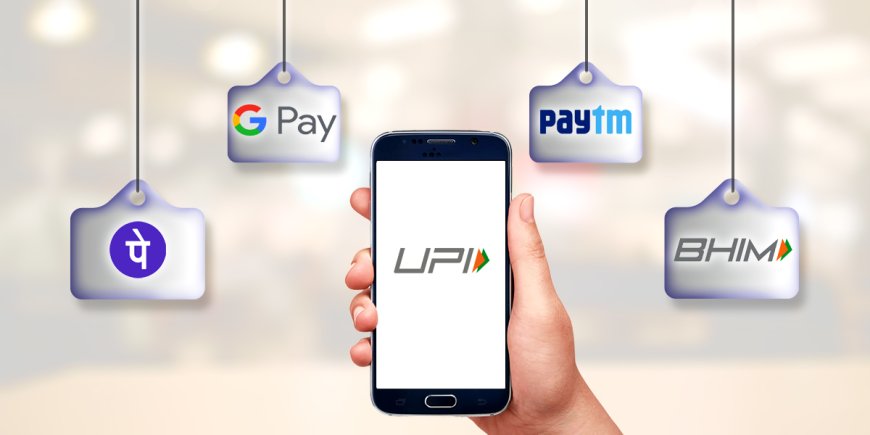The Rise of UPI: From India to the World, How UPI is Driving the Cashless Revolution
A Comparative Analysis of UPI and Other Payment Methods and their Impact on Digital Transactions Globally

Unified Payments Interface (UPI) is an Indian digital payments system that allows users to transfer funds between bank accounts through a mobile app. Since its launch in 2016, UPI has experienced exponential growth, becoming one of the most widely used digital payment methods in India. The introduction of the Unified Payments Interface (UPI) in India has led to a surge in cashless transactions, transforming the way people make payments. This article provides a comparative analysis of UPI with other payment methods and their impact on the digital payment landscape not only in India but also globally.

The Rise of UPI:
UPI is a digital payment system developed by the National Payments Corporation of India (NPCI) that allows users to transfer funds between bank accounts instantly through a mobile app. It has become increasingly popular in India due to its ease of use, low transaction fees, and interoperability across different banks. UPI has transformed the way people transact by making cashless payments more accessible, convenient, and secure.
Expansion of UPI to Other Countries:
India's success with UPI has inspired other countries to adopt similar systems. Bhutan, Nepal, and Bangladesh have already implemented UPI-like systems, and several other countries, including Indonesia, the UAE, and Singapore, are in the process of launching similar systems. These countries see UPI as a benchmark for cashless payments and want to replicate its success in their own markets.
Comparison with Other Payment Methods:
Credit and Debit Cards:
-
Credit and debit cards have been a popular payment method globally for many years. While they offer convenience, they also have limitations such as transaction fees and the need for physical cards. UPI, on the other hand, does not require a physical card and has lower transaction fees, making it a more attractive payment option for many users.
Digital Wallets:
-
Digital wallets such as PayPal, Alipay, and WeChat Pay are also popular payment methods globally. They allow users to store money in their wallets and make payments through a mobile app. However, unlike UPI, digital wallets have limitations such as restricted interoperability and the need to transfer money to the wallet before making payments.
Cash:
-
Cash has been the primary payment method globally for a long time. However, UPI and other digital payment systems have led to a shift towards cashless transactions, reducing the need for physical cash and making payments more secure.
Impact on the Digital Payment Landscape:
UPI's rise to prominence in India has led to a significant increase in cashless transactions globally. Many countries are looking to implement similar systems to promote cashless payments and reduce the reliance on physical cash. The growth of UPI has also led to increased competition in the digital payment space, with many new players entering the market.
Future of Cashless Transactions Globally:
The future of cashless transactions globally looks bright, with UPI and other digital payment systems leading the way. Governments around the world are launching initiatives to promote digital payments, and the COVID-19 pandemic has further accelerated the shift towards cashless transactions. However, it is important to note that other payment methods also have their unique features and limitations, and a one-size-fits-all approach may not work for every country.
UPI's success can be attributed to its simplicity and interoperability. Users only need to link their bank account to a UPI ID, which can be used to send and receive money instantly. The system also allows users to request money and split bills, making it a convenient payment option for both personal and business transactions.
UPI also offers a range of features such as QR code payments, bill payments, and merchant payments. It has also enabled the integration of multiple payment systems such as credit and debit cards, digital wallets, and bank accounts into a single interface, making it a truly interoperable payment system.
Conclusion:
In conclusion, the rise of UPI has not only transformed the way people make payments in India, but also inspired other countries to adopt similar systems. Its ease of use, low transaction fees, and interoperability have made it a popular payment method among users globally. However, it is important to consider the unique features and limitations of other payment methods before deciding on a cashless payment system. The future of cashless transactions looks promising, with UPI and other digital payment systems leading the way toward a cashless world.































































